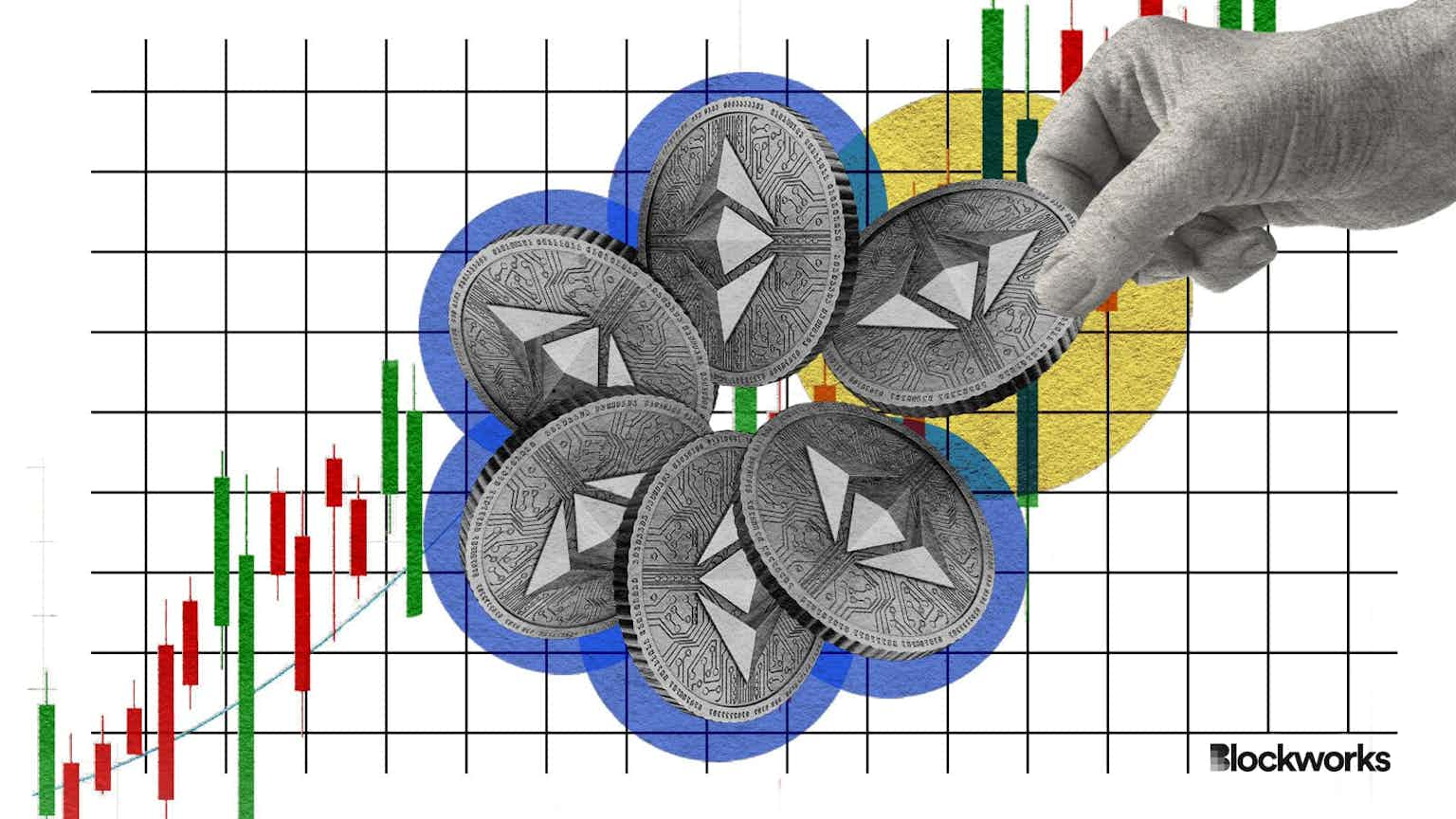Cosmos Is ‘Forging a New ATOM’ Starting With Interchain Security
Cosmos community plans to revamp the way ecosystem blockchains work together with the Cosmos Hub

Source: Shutterstock
key takeaways
- Interchain Security allows Cosmos chains to lean on the Hub for their own security
- “We’re trying to make EIP-1559 look like a joke,” Cosmos contributor Zaki Manian said at the Cosmoverse conference
The Cosmos community has released its latest white paper for the Cosmos Hub, which has plans to radically revamp the tokenomics of the native atom token (ATOM).
The Hub will be at the center of a new feature known as interchain security, while multiple forms of liquid staking of atoms — as the preferred collateral — will provide new functionality in the ecosystem, according to presenters at the Cosmoverse conference in Medellín, Colombia, on Monday.
The Cosmos Hub doesn’t generate any protocol revenue in its current form, despite having a high market cap, nor does it accrue value to ATOM, said Zaki Manian, a Cosmos contributor and co-founder of Sommelier Finance.
That’s set to change; dramatically expanding the potential of liquid staking and turning on interchain security will allow ATOM holders to benefit from the growth of the Cosmos ecosystem, developers say.
“No one has ever attempted this level of economic rebuild of a large-scale cryptocurrency, and there’s a little bit of showmanship that’s required to make that all happen,” he said.
Liquid staking ramp up
Staked cryptoassets are often confined to the boundaries of their original chains — in Cosmos, sovereign chains use staking to provide for their own security, with delegators bonding tokens to validators. To reclaim their tokens, delegators typically endure a 21-day unbonding period.
Liquid staking solves this by creating a fluid market for exchange of staked assets. With more liquid staked assets comes improved cross-chain composability, according to Manian.
“We’re trying to accelerate the growth of all the liquid staking protocols so they have a seamless [user experience] for onboarding users,” Manian said.
The updates coming to Cosmos’ liquid staking model will benefit protocols built for composability like borrowing and lending platform, Umee.
“Staking derivatives are the basis for how we can utilize proof-of-stake as a benchmark or reference rate for building out the term structure of interest rates for crypto,” Umee CEO and co-founder Brent Xu told Blockworks in an email.
“Proof-of-stake rates are also a good hedge against economic inflation as you have a yield bearing asset as the basis for the protocol. This same logic applies to Ethereum,” Xu said.
Umee plans to take advantage of liquid staking to more easily offer liquid short term loans, a feature that would have been harder to make work without the upgrade.
Uses cases like this should leader to higher staking rates for ATOM across Cosmos chains.
“If we’re able to then use the success of the liquid staking protocols to get the number of staked atoms to 80% to 90%, we’ll be in a good position to change inflation and new atom creation which will be allocated to the security budget,” Manian said.
The envisioned change in ATOM issuance may mirror the idea of the fee burn employed by Ethereum with its EIP-1559 in August 2021 — only more so.
“We’re trying to make EIP-1559 look like a joke,” Manian said.
Interchain Security
Another area of focus ahead for the Cosmos ecosystem will be the launch and development of interchain security.
Until now, the Cosmos Hub can be seen as a model home inside a new housing development, Billy Rennekamp, Cosmos Hub lead at Interchain.io, said. In this metaphor, the “neighborhood” around the Hub began to grow based on the model. But the Hub’s position at the center is valuable and “can be transformed into an asset to the community,” Rennekamp said.
Cosmos pioneered the use of proof-of-stake (PoS) technology, predating Ethereum’s switch to PoS by three and half years. New blocks are composed and added to the chain by validators — network nodes that stake cryptoassets as a sort of collateral to ensure their honest work.
Unlike Ethereum, which sports 435,000 staking validators and counting, there are a limited number of validators by design in Cosmos — 175 currently on the Cosmos Hub, and fewer on other chains. Individual token holders choose validators to which to delegate their stake.
The more tokens staked with a decentralized set of validators on a chain, the more secure it becomes, and the Cosmos Hub has been able to generate the most diverse set of validators with significant economic value at stake.
“Interchain Security basically allows the Cosmos Hub to run many blockchains in parallel, all with the same security attributes,” Jehan Tremback, Sommelier core developer and cofounder of Althea, explained in Medellín.
Another way of conceptualizing it is as “validator set replication,” added Rennekamp.
“You take the validator set of the Cosmos Hub, use IBC to send that set to other blockchains — so they don’t need to have their own staking token, they don’t need to have their own validator set — the same people get the validator set of the Cosmos Hub and the same security as ATOM,” he said.
In return, Cosmos’ sovereign chains will pay for that security in their own tokens to ATOM validators and delegators.
This story was updated on Monday Sept. 26, at 4:25 pm ET with comments from Brent Xu.
Don’t miss the next big story – join our free daily newsletter.





